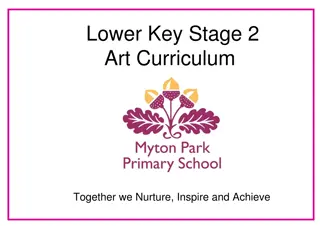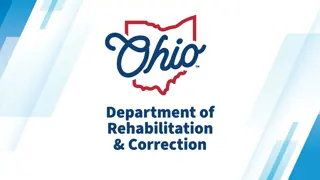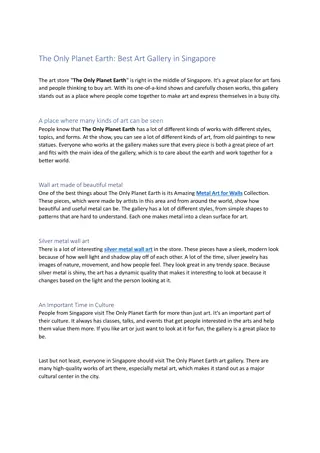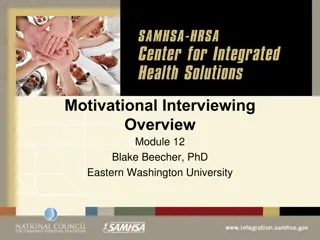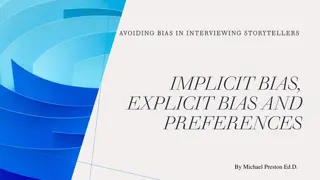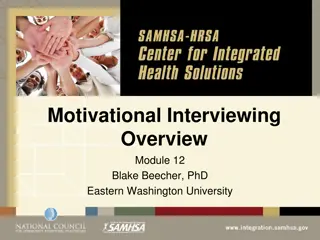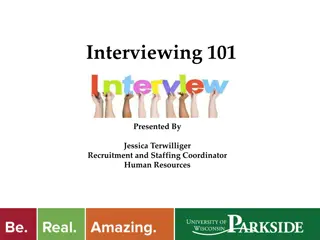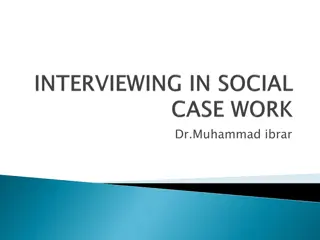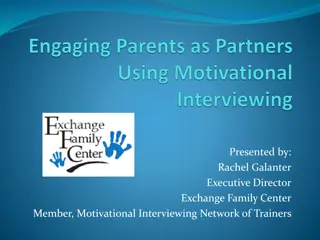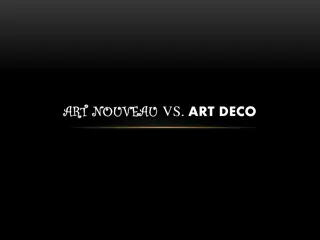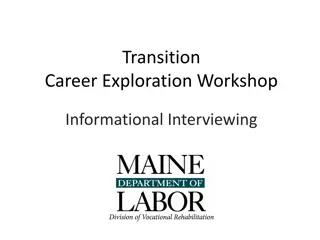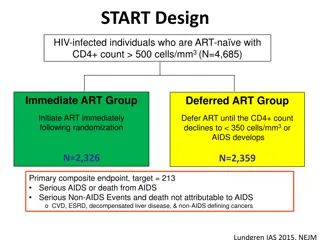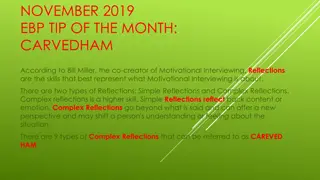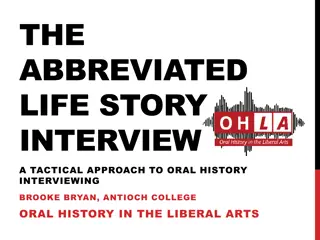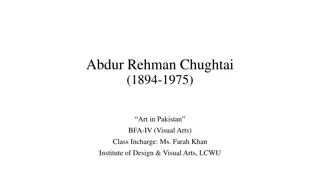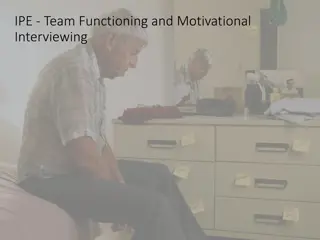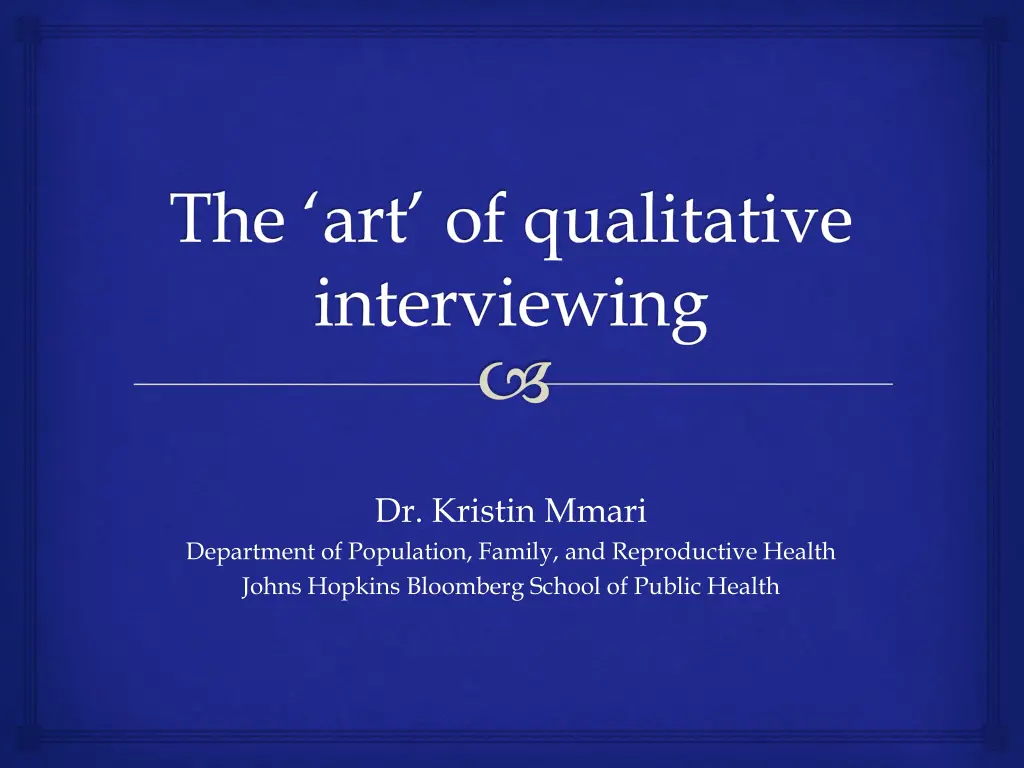
Mastering Qualitative Interview Techniques
Explore the art of qualitative interviewing, understand the characteristics of a good interviewer, and learn about interview techniques. Discover what happens in qualitative interviews and what not to do during them for successful data collection and analysis.
Download Presentation

Please find below an Image/Link to download the presentation.
The content on the website is provided AS IS for your information and personal use only. It may not be sold, licensed, or shared on other websites without obtaining consent from the author. If you encounter any issues during the download, it is possible that the publisher has removed the file from their server.
You are allowed to download the files provided on this website for personal or commercial use, subject to the condition that they are used lawfully. All files are the property of their respective owners.
The content on the website is provided AS IS for your information and personal use only. It may not be sold, licensed, or shared on other websites without obtaining consent from the author.
E N D
Presentation Transcript
The art of qualitative interviewing Dr. Kristin Mmari Department of Population, Family, and Reproductive Health Johns Hopkins Bloomberg School of Public Health
The Art of Qualitative Interviewing Participant as EXPERT Being RESPONSIVE while not letting that get in the way Focusing on goal of the interview to produce good data, to answer the research question to understand how the questions we ask will generate data to answer the research questions
Characteristics of a Good Interviewer Comfortable with topic recognize discomforts Self Aware (physical, emotional, cognitive, values) Patience Knowing the interview protocol ACTIVE LISTENING
What happens in Qualitative Interviews? Trust-building working from Venn Diagram experience Introduce and explain using the Venn Diagram Review confidentiality Exploring beliefs, understanding and experience Hearing opinions and values about gender norms Hearing narrations of lived experience and perspectives on gender norms Closing with chance for participant to ask back
Interview Techniques Probing or follow-ups (more on this later!) Pausing Mirroring Reframing Repeating Revisiting
More Interview Techniques Not answering the questions for them Indirect encouragement (body language) Knowing protocol so that you can move around it Thinking within and across interviews
What NOT to Do in a Qualitative Interview Don t ask leading questions Don t interrupt Tolerate (rather than disrupt) pauses Avoid yes/no questions Avoid putting words in her/his mouth or answering the question for her/him Don t solve problems during the interview Don t ask more than one question at a time at a time EXAMPLE: FROM BAD TO GOOD INTERVIEWING https://www.youtube.com/watch?v=FGH2tYuXf0s
Follow up questions or probes: Direct for Clarification What do you mean when you say . . .? Can you tell me more? Can you please elaborate? I m not sure I understand X. . . .Would you explain that to me? What about that is X? What does X mean? or What do you call X?
Follow up Questions or Probes: Direct for Getting More Depth Why do you think . . .? How did this happen? How did you feel about . . .? What happened then? How did you handle X? Can you give me an example of X? How did X affect you? In what ways did ?
Strategies to Encourage Neutral verbal expressions such as uh huh, interesting, and tell me more or I see Verbal expressions of empathy, such as, I can see why you say that was difficult for you Ways to convey trustworthiness and interest These are probably not the kind of questions that adults usually ask you but we are really trying to understand how young people s lives change at this age You are the expert here. Mirroring technique repeating what the participant said, such as, So you said that you were . . . or Useful? (if they said useful ) Culturally appropriate body language or gestures, such as nodding in acknowledgment
Interviewing Adolescents Why should I trust you? I ve never thought about this before. What I think or know or experienced is bad or wrong and you will think bad of me. I might get in trouble. Variability stages of development: physical, psychological, cognitive, emotional
Timeline The timeline is a participatory research for action methodology shifts power to the participants Research questions: What are the similarities and differences in the ways that boys and girls perceive adolescence ? What are the main challenges and opportunities for a young person when becoming an adolescent boy or girl?
Timeline 2 same-sex groups of 4-6 adolescents The activity is for each group to think of a story about a girl or a boy (depending on the sex of the group) who lives in their community and for participants to think of all the important changes/events that occur between birth and becoming an adult After the group completes the timeline, the facilitator asks questions to the group about what was drawn
Lessons Learned From Baltimore site .
The Venn Diagram A participatory method designed to find out the key relationships in an adolescent An adolescent is asked to draw circles on a piece of paper for each important person (s) in their lives. Bigger circles are for those who are most important, while smaller circles are for those who are least important. Adolescents can draw smiley faces on those circles to represent the positive relationships, and sad faces for negative relationships.
The Venn Diagram This diagram is then referred to for the rest of the interview Where on this piece of paper are your mom/dad/parents? Okay I d like to ask you some questions about your relationship with them .
Our Interview Protocol Since you started to grow up, does you mum treat you differently [then when you were a small child]? [If yes] How is it different? What about your dad? [only ask if has two parents] [Explain more if needed]: What are some things you can do now, that you could not when you were a child? At home (chores), after school, with friends ? What about things that you cannot do now, but you could before?
Lessons Learned The Venn Diagram and adolescent interview
Practice EXERCISE: Take turns being the interviewer and the participant using our interview protocol Discuss what it was like to be the participant Discuss what it was like to be the interviewer Discuss what went well (both perspectives) Discuss what was difficult/not happy with/wish you had done differently and how you wish you had done it. Give each other feedback!
What to Do When They won t answer They give brief answers They seem not to be comfortable They are shy or upset You are uncomfortable or worried You lose track of your place or skip questions If they go off road into other topics, to get over- talkers focused Interruptions/others walk in room etc.
How to construct stories Narrative interviewing
Narrative Interviewing What is a narrative? A story: beginning, middle and end How we live our lives and make our experiences coherent (without realizing it) Multiple stories about most experiences
What is Narrative Interviewing? A specific form of semi-structured interview comprised of: An elicitation question Standard follow ups (to insure topic is covered) A menu of follow ups Asking participant for a response that describes their experience in which they are the I or narrator Enables us to collect data on implicit knowledge, opinions, norms Uses qualitative interview techniques from before
A (somewhat) different kind of listening Ensuring participant is telling a story help them start: like a movie or tv show So where were you? You were going to Moving the story along: And then what happened? Keeping the story on track
Getting Narratives Engage participant in story telling Listening! (and listening under ) Join participant in telling a story (co-construction)\ Ask questions that fill in the middle Keeping track of the elements of the story Eliciting both process and detail in follow ups


